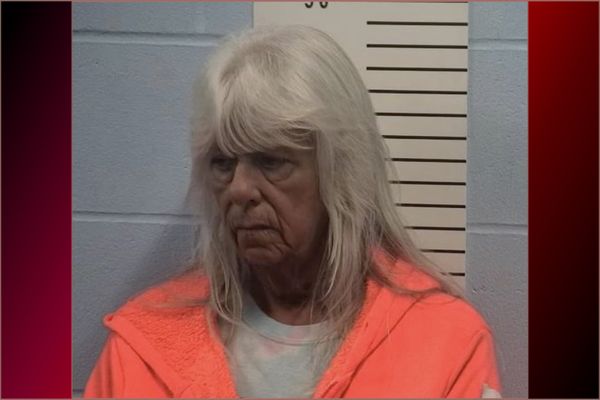
The case against Jozef Puska, the man convicted of murdering Ashling Murphy, was gathered from DNA evidence, eyewitnesses and the killer’s own interactions with police.
Puska was convicted on Thursday of murdering Ms Murphy, 23, while she was exercising on a canal path in Tullamore, Co Offaly, on the afternoon of January 12 last year.
The jury had been instructed by Judge Mr Justice Tony Hunt to analyse all the evidence in the case clinically and forensically.
Some of the key areas involved in the prosecution’s case included evidence from gardai that Puska had confessed while in a Dublin hospital, DNA evidence found under Ms Murphy’s fingernails, inferences jurors were permitted to draw from Puska’s failure to answer certain questions when interviewed by gardai, lies he admitted to telling investigators, and evidence given by eyewitnesses on the day of the attack in Tullamore.
Irish police told the court that Puska confessed to the murder prior to his arrest while he was receiving medical treatment at St James’ Hospital in Dublin.
Detective Garda Brian Jennings said Puska made the admission after he had been informed he was a “person of interest” in the murder of Ms Murphy.
Relaying the translation of the interpreter, the garda said: “He paused and said he is making an official statement that he is admitting that he committed the murder. ‘I did it. I murdered. I am the murderer’.”
Referring to notes he had taken at the time, Mr Jennings said the murderer had said: “The reason I am pleading guilty, I don’t want my family, anything to happen to them, nothing bad to them. I feel guilty and I say I regret it.”
He also read a “literal translation” from the interpreter: “When he said he committed the murder, he didn’t do it intentionally.”
The prosecution insisted this was a confession while the defence questioned whether he was in a fit state to talk to gardai.
The court also heard that Puska had made reference to a knife in a later conversation with Detective Garda Fergus Hogan.
The jury was told Puska told that garda: “I tell her go. I won’t hurt you. When she passed I cut her neck. She panic. I panic.”
Puska later said he did not remember much of his time in hospital and could not recall making the confession.
He told gardai in interviews during his attention that he did not “know anything” about the murder of Ms Murphy.
At trial, Puska admitted he had lied to gardai about not knowing anything about the attack and presented an alternate version of events.
He said he was stabbed by a masked man who later attacked Ms Murphy.
Puska claimed he tried to help Ms Murphy after the alleged attack.
The jury was told if they found there was a reasonable possibility of Puska’s account of the incident to be factual, they should acquit.
However, the jury rejected this and convicted Puska of murder.
Puska had also conceded he lied to gardai on another occasion when he said he sustained stomach wounds from a different alleged attack by two men in the Blanchardstown area of Dublin.
The prosecution had also presented the jury with DNA evidence they said linked Puska to the crime scene and the body of the deceased schoolteacher.
He had been linked to a bicycle left at the scene from DNA on the handlebars and a fingerprint on the seat.
DNA with a profile matching that of Puska was also found underneath the fingernails of Ms Murphy’s right and left hands.
The jury was told the likelihood of finding this profile from someone unrelated to Puska was one in 14,000.
Jurors were also able to draw negative inferences from Puska’s failure to answer some questions in garda interviews. These included questions asking him to account for his DNA and his bike being found at the scene.
Any inferences drawn could not be used on their own to sustain the guilty verdict but they could be used to corroborate or support other evidence against the accused.
The jury was also able to draw a negative inference from the fact that Puska made no comment when told about the consequences of failing to mention anything that he might later rely on in his defence.
Particular focus was placed on testimony provided by primary school teacher Jenna Stack who was jogging with a friend Aoife Marron on the Grand Canal in Tullamore when she came across a man crouching over a struggling woman in a ditch.
Ms Stack had told the court on the second day of the trial that she had seen a man in a hedgerow who seemed to be crouched over a person who was kicking out “like she was crying out for help”.







